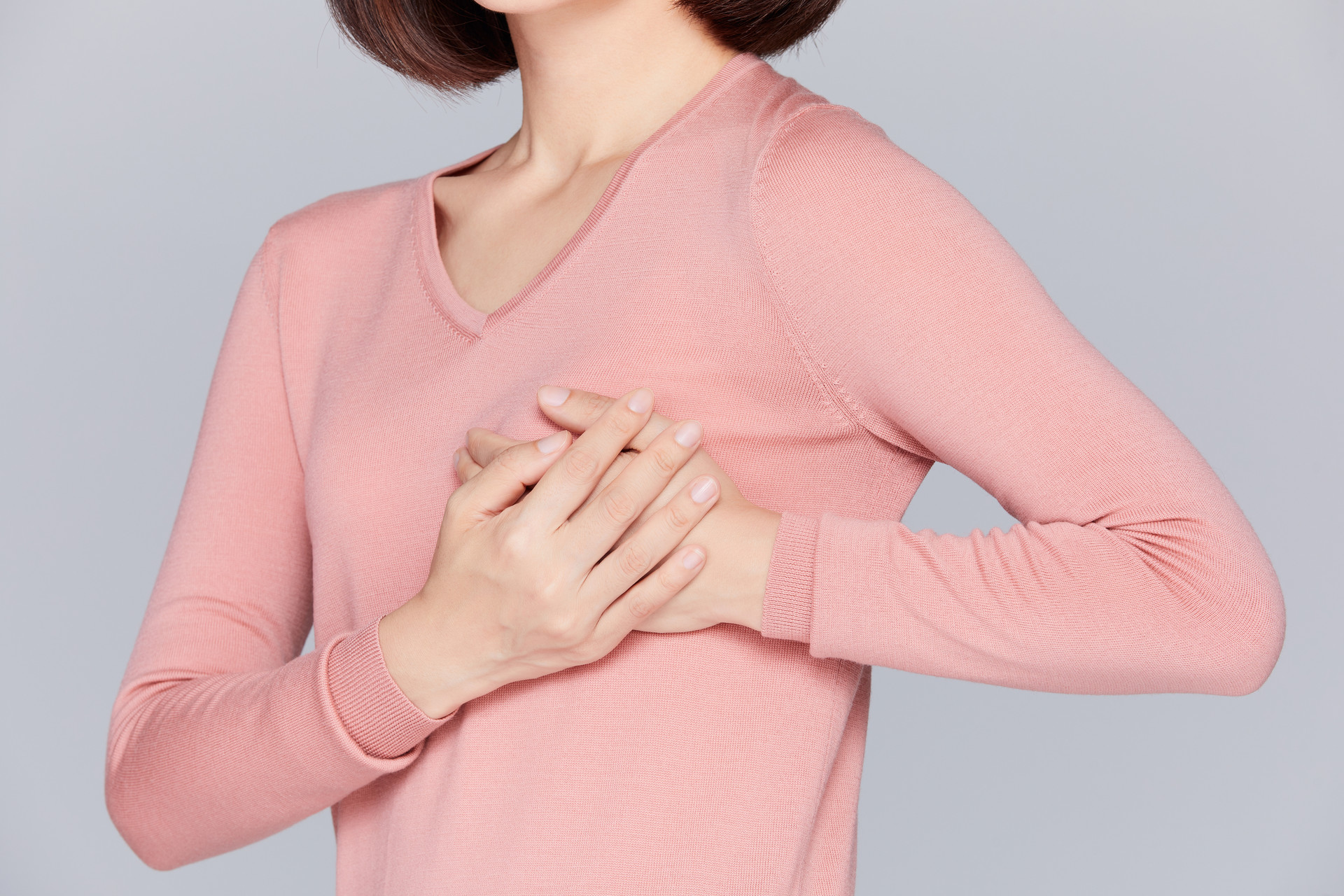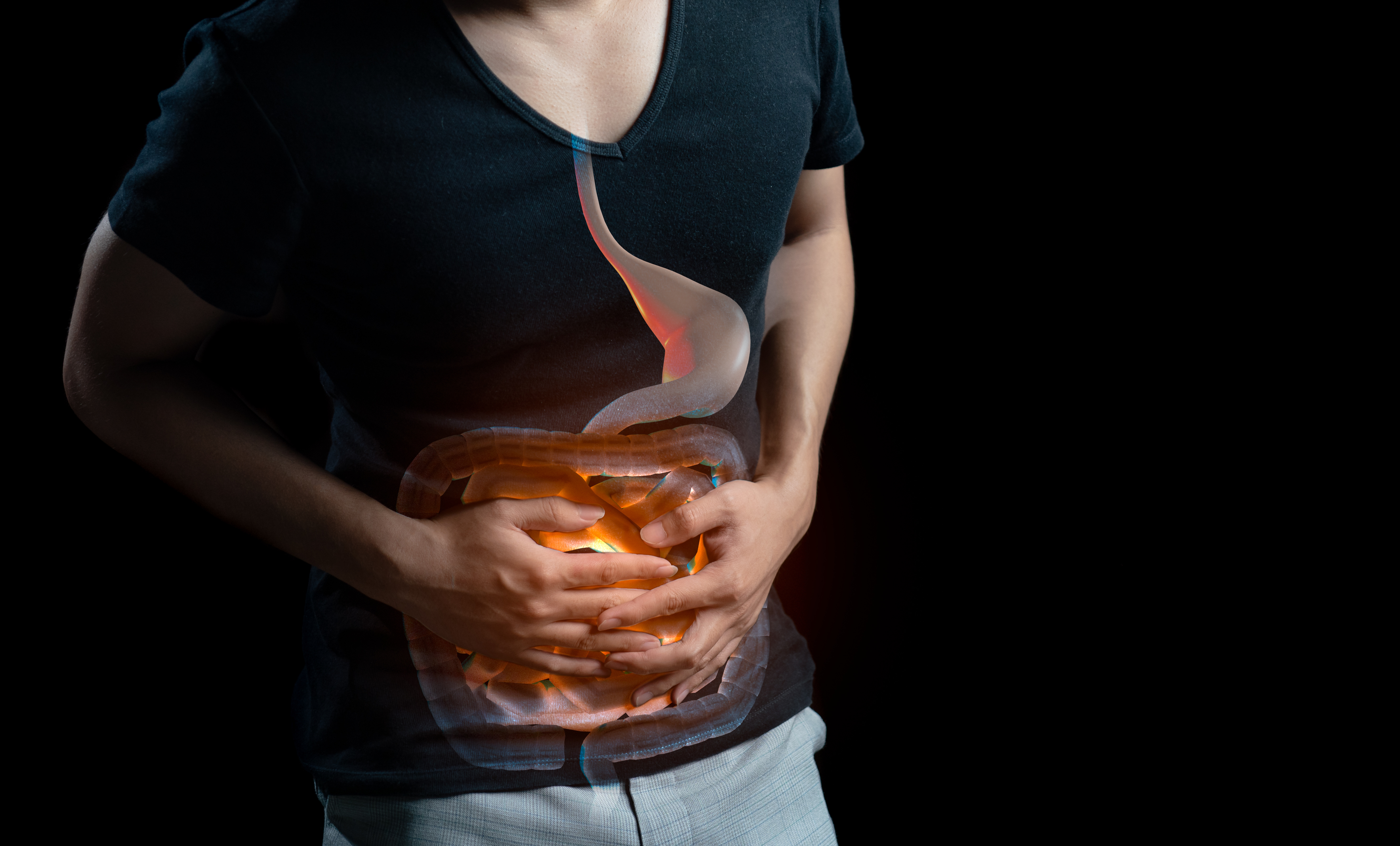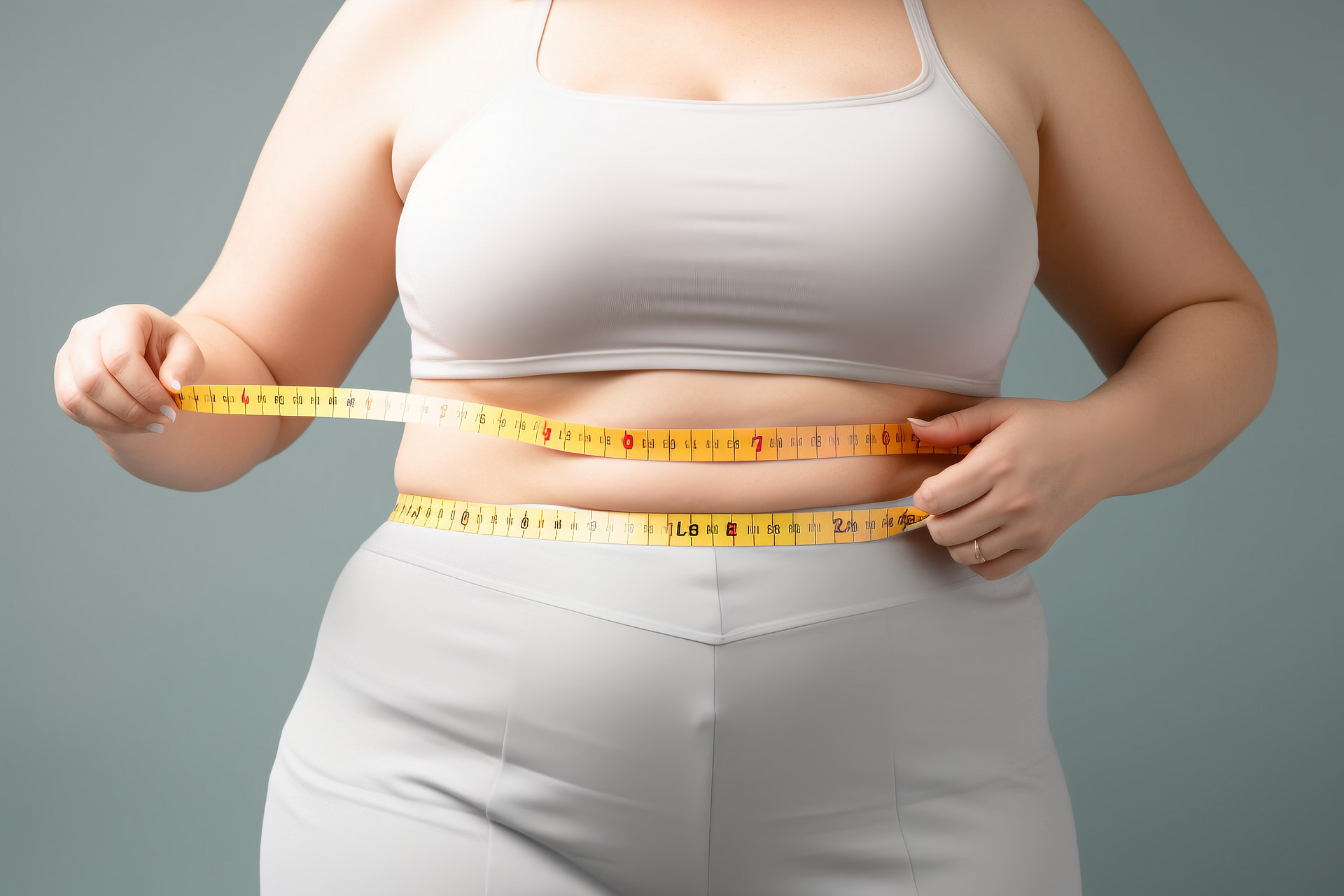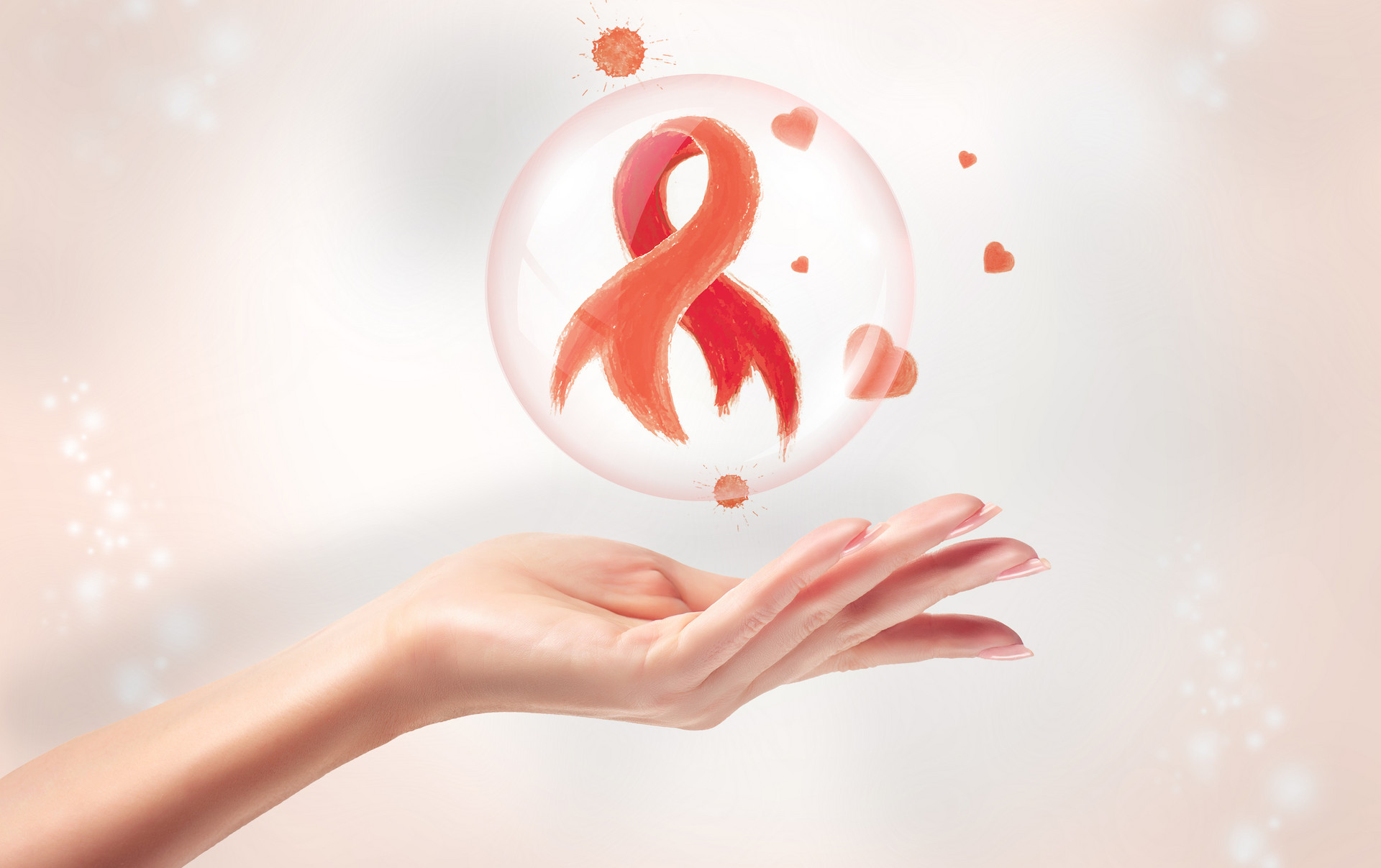Breast Hyperplasia has different characteristics in different age groups, such as unmarried women, married women, and women who have not yet breastfed. The main symptom is breast distension and pain, but it is mostly concentrated on one side. So what are the causes of breast hyperplasia? How to prevent cancer? Let's take a look together.
Causes of Breast Hyperplasia
1. Emotional impact
Breast hyperplasia is more common in women aged 30-50, with a peak incidence at 30-35. This may be related to the double pressure of life and work faced by middle-aged women, as well as long-term mental stress, depression, and anger. Women who are prone to anger are more likely to develop breast hyperplasia.
2. Endocrine disorders
Underdeveloped ovaries can lead to a decrease in luteal hormone and a relative increase in estrogen, resulting in endocrine disorders. Women with endocrine disorders are more likely to develop breast hyperplasia.
3. Unhealthy lifestyle habits
Long-term staying up late, irregular sexual activities, advanced age without pregnancy, and multiple artificial abortions can affect the normal and cyclic physiological activities of the breasts, leading to breast hyperplasia. Wearing tight bras and underwear can also cause breast hyperplasia.
4. Unreasonable diet and health care
High-fat, high-energy diet, smoking and drinking are also causes of breast hyperplasia in women. At the same time, long-term use of estrogen-containing health products and contraceptives can cause endocrine disorders in women and lead to breast hyperplasia.
The dangers of breast hyperplasia to the body
1. Cancer
The risk of malignant transformation of breast hyperplasia is 2-4 times higher than that of normal women, and the clinical symptoms and signs are sometimes mixed with breast cancer. The main clinical features are breast lumps and breast pain, which generally worsen before menstruation and alleviate after menstruation. Because a small proportion of severe breast hyperplasia may develop into breast cancer in the future, this is also considered the greatest harm of breast hyperplasia.
2. Psychological impact
Patients with breast hyperplasia often have obvious emotional changes, such as anger, tension, anger, anxiety, and depression. In addition, the regularity of life will be disrupted, and the immune function of the body will decline due to fatigue. The breasts will become painful and annoying due to emotional changes.
3. Physiological aspects
(1) Liver-stagnation and qi-stagnation
Breast distension during menstruation, disappears with joy and anger, and there may be beads-like nodules of different sizes on one or both sides. The nodules are often the size of mung beans, or they can be in the form of thick stripes.
(2) Disharmony between the Chong and Ren channels
There are lumps in the breasts, and the pain worsens before or during menstruation and improves or disappears after menstruation. Menstruation is often delayed, menstrual pain is not severe, menstrual flow is light, and there is fatigue, lumbosacral pain, limb coldness, aversion to cold in the lower abdomen. In the long term, a small number of cases may develop into cancer.
How to prevent breast cancer
1. Establish a good living environment
Establish a good lifestyle, adjust the rhythm of life, and maintain a relaxed mood. Persist in physical exercise, actively participate in social activities, and avoid or reduce mental and psychological stress factors.
2. Learn and master breast self-examination
Learn and master the method of self-examination of the breasts, and develop the habit of self-examination once a month. The best time for self-examination should be after menstruation or in the middle of two menstrual cycles, when the breasts are relatively soft, without distension, and it is easy to detect abnormalities. Menopausal women can choose a fixed time each month for breast self-examination. If any abnormalities or different signs from the past are found during self-examination, timely medical consultation is necessary.
3. Actively participate in physical examinations
Actively participate in breast cancer screening or have a breast examination once a year.












